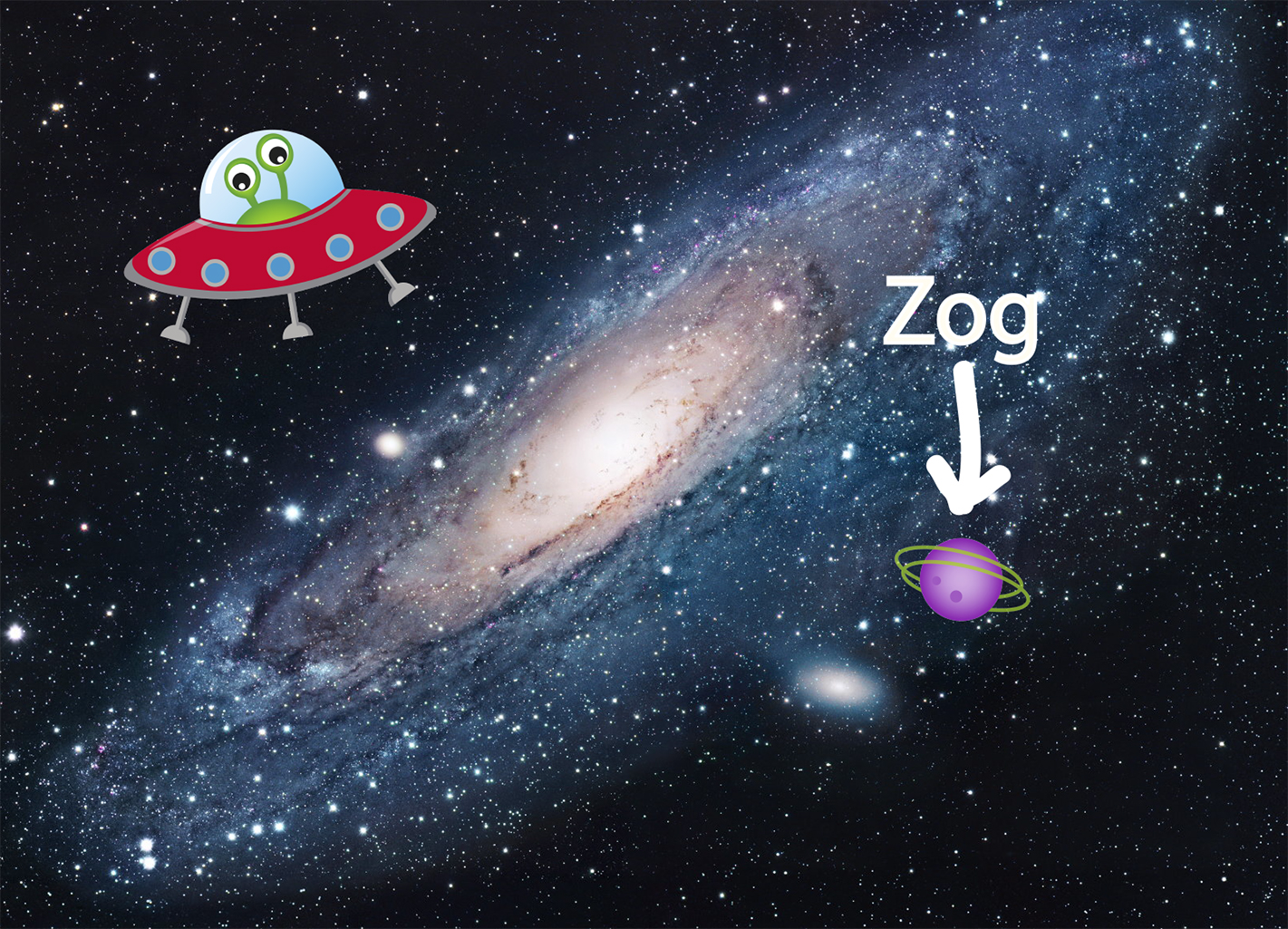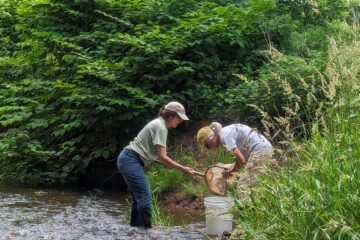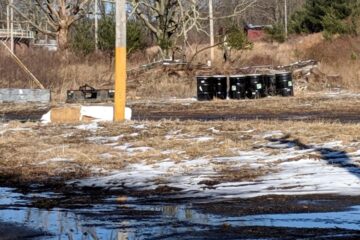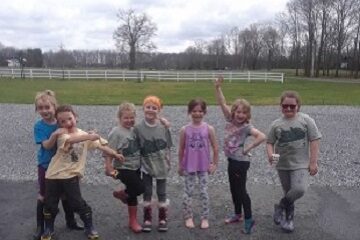 The Space Travelers need your help!
The Space Travelers need your help!
Using their senses (and for older children, their concept of physical science), kids will discover what makes water unique from other liquids! They will use the scientific method to design an experiment, test their hypotheses, and use their imagination to help the Space Travelers from Planet Zog! Created by Daina Gulbis, RHA Educator.
Level: Elementary to Middle School
Duration: Prep – 20 minutes, Activity 30 minutes to 1 hour
Setting: In your kitchen, or backyard
Materials:
- Four glasses, jars, or other clear containers
- Four clear liquids you have at home. These may include water, white vinegar, hydrogen peroxide, corn syrup, alcohol, mineral oil, clear soda, clear liquid soap, liquid coconut oil, or vegetable oil
- Nature Journal or other paper for writing notes (“data collection”)
- Safety Glasses
- Plastic Spoons
- For fun: Alien costumes (antennae, face paint, wigs, funny clothes, etc.)
Have available for “testing purposes” things like:
- Sugar, salt, cornstarch (for testing solubility)
- Pepper, wax paper, paperclips, toothpicks and liquid soap (for testing surface tension)
- Toothpicks, food coloring (for testing density)
- Baking soda, aluminum foil (for testing chemical reactions)
Background Information:
In this activity, adults are Earthlings and kids are Space Travelers from the Planet Zog. Through remote sensing the Space Travelers know that there is water on planet Earth, but their knowledge of the English language is not very good (you might want to come up with a funny alien word for water!). On Zog there are very different words for “water”, “clear,” and “liquid”.
The Space Travelers are on an intergalactic exploration and have landed on Earth! They would like to know which liquid on this planet is water, since they’ve been traveling for light years through the universe and are very, very thirsty. Since they do not understand the Earthling words for “water,” “clear,” and “liquid”, they will need to describe what kind of liquid they are looking for.
The Space Travelers will need to use their senses to describe water and make a list of its description, so they can ask the Earthlings for water to drink.
Below are links to remind you about the steps of the scientific method and the properties of water.
The Scientific Method (Ricochet Science)
The Scientific Method (Freeschool)
The Scientific Method Song (Jack Hartmann)
Properties of Water (RicochetScience)
The Activity:
- The Earthlings have given the Space Travelers four different clear liquids on a table in front of the students. Remind the Space Travelers that taste testing is not a valid method for this experiment! Unknown clear liquids should not be ingested!
- Present the problem to the Space Travelers : Which of these samples contains water?
- Ask the Space Travelers to write down the characteristics they believe describe water. What sort of experiments can you do to determine if these liquids are water or not? The available testing materials can be displayed to aid the Space Travelers in their brainstorming.
- Before any testing begins, ask the Space Travelers to take a guess (a hypothesis) of which container has water.
- Carefully execute the experiment! Space Travelers should keep notes of the results of their experimentation. The Earthlings will oversee the testing, since they are most familiar with the liquids of Earth.
- Can the Space Travelers determine which liquid is water?
Wrap Up:
- Remember that the investigative process is more important than determining which container has water. Why is that? Which steps of this process were most difficult?
- Were you able to make a conclusion of which liquid is water?
- What did you notice about the liquids that was surprising?
- Was your guess correct? Why or why not?
- If they were to repeat the experiment what changes would they make?
- Did they learn anything about water that they didn’t know before?
- Would you change anything about your list of characteristics of water?
Vocabulary:
Chemical reaction. Reactions occur when two or more molecules interact and the molecules change. Bonds between atoms are broken and created to form new molecules.
Density is a word we use to describe how much space an object or substance takes up (its volume) in relation to the amount of matter in that object or substance (its mass). Another way to put it is that density is the amount of mass per unit of volume. If an object is heavy and compact, it has a high density.
Solubility A measure of how much solute can be dissolved in a specific solvent. Solubility can change with changes in pressure and temperature. Water has specific solubility for sugar at room temperature. As water is heated, you may dissolve more sugar in the same amount of water. Its solubility has increased with the increase in temperature.
Surface tension is a force present within the surface layer of a liquid that causes the layer to behave as an elastic sheet. It is the force that supports insects that walk on water, for example.
Sources:
- Project WET: P27, Is There Water on Zork?
- American Chemical Society: www.acs.org
- Chem4Kids.com
How did you like this activity? Please share any questions, comments, or photos that you and your child have on the Raritan Headwaters Learning Community Facebook Page!
More Raritan Headwaters Learning Resources



